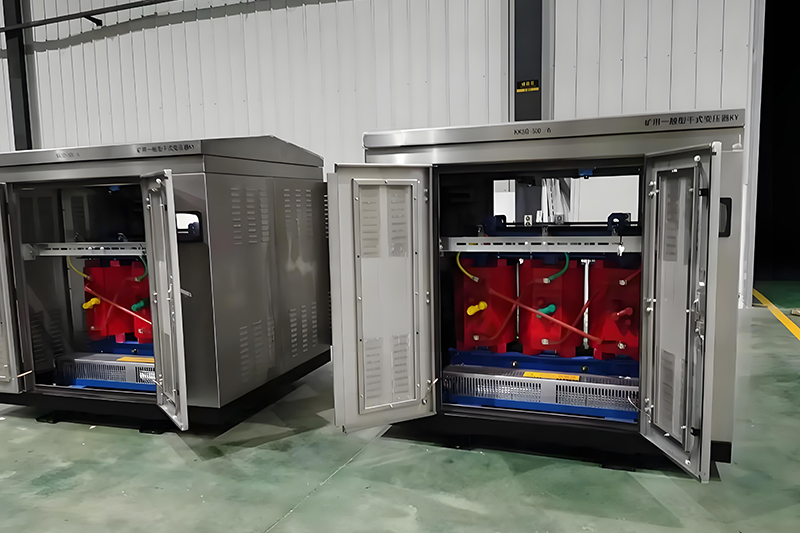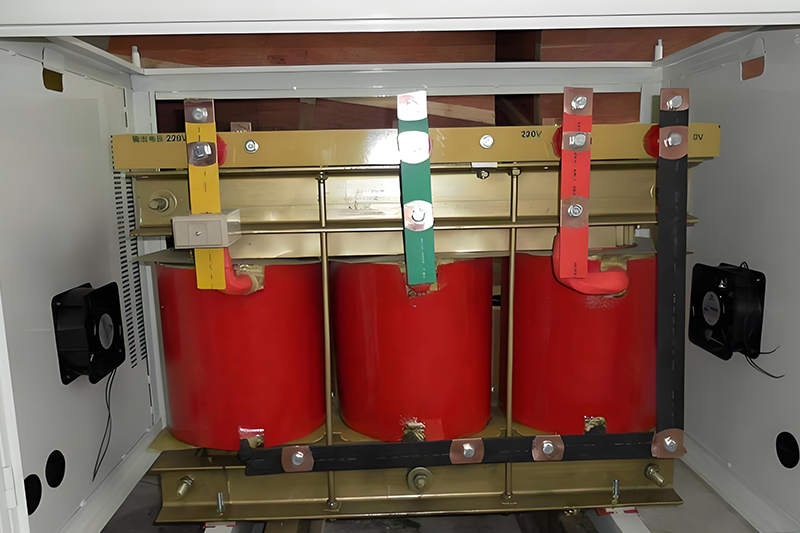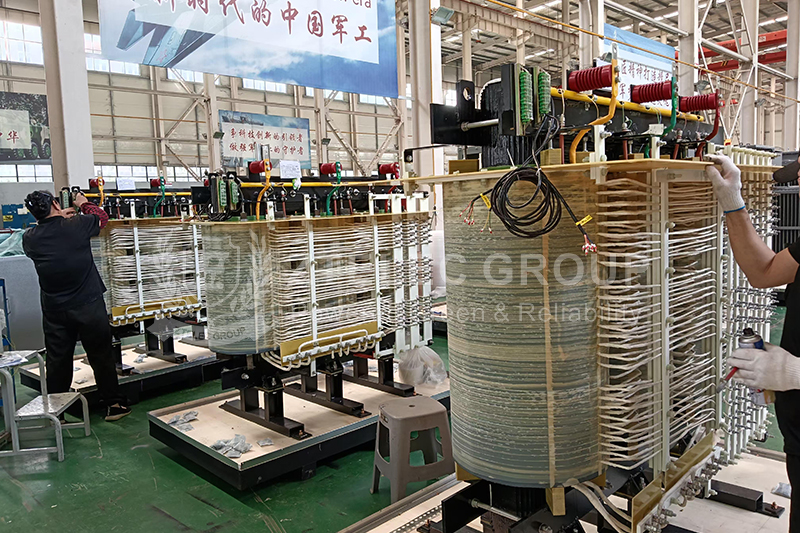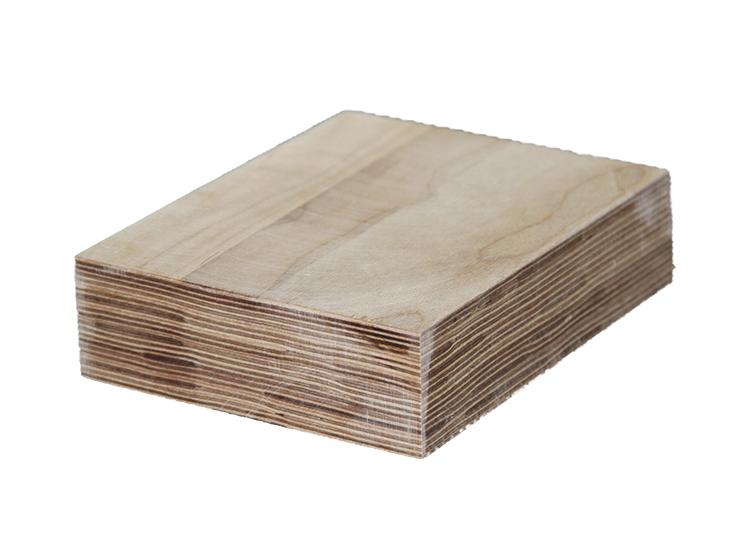Why Data Centers Choose Three-Phase Isolation Dry-Type Transformers: Interference Resistance Explained
In today’s data centers, where power quality and continuity are critical, three-phase isolation dry-type transformers play a role far beyond simple voltage conversion. Their primary value lies in ensuring clean, stable, and interference-resistant conditions for sensitive IT loads. By applying physical isolation technology, these transformers effectively mitigate grid-side power disturbances, making them an essential component of any high-reliability data center power protection system.

Why Three-Phase Isolation Dry-Type Transformers Are Essential for Data Centers
These transformers are favored in mission-critical environments for multiple reasons:
1. Electrical Isolation
By creating a complete isolation between the primary (grid) side and the secondary (load) side, they eliminate ground loop interference and prevent neutral-to-ground voltage fluctuations that could damage sensitive servers, storage systems, and networking equipment.
2. Interference Suppression
They filter out high-frequency noise, voltage surges, electromagnetic interference, and harmonics, providing a clean and stable power input for IT infrastructure.
3. Voltage Regulation and Stabilization
Capable of adapting to fluctuations in the mains supply, three-phase isolation dry-type transformers deliver a consistent voltage output, ensuring that critical computing systems operate without disruption.
4. Enhanced Safety
The “dry” epoxy resin vacuum-cast winding design is flame-retardant, moisture-resistant, and environmentally friendly, making it safe and reliable for indoor installation in modern data centers.

How Do Three-Phase Isolation Dry-Type Transformers Resist Interference?
The core design feature of these transformers is that their primary and secondary windings are completely electrically separated, transferring energy only through magnetic induction. This structure enables multiple interference suppression mechanisms:
1. Common-Mode Noise Suppression
An electrostatic shield placed between windings directs high-frequency noise to ground, preventing it from entering the secondary side. This effectively filters out radio frequency interference and high-frequency disturbances.
2. Ground Loop Elimination
Because the neutral and ground systems are isolated, ground loop currents caused by potential differences are blocked. Data centers can establish an independent grounding system on the secondary side, reducing communication errors and power instability.
3. Differential-Mode Noise and Harmonic Attenuation
The inductive impedance of transformer windings attenuates high-frequency noise between live and neutral lines. At the same time, certain harmonic frequencies are suppressed, improving overall power quality in cooperation with downstream filters.
4. Voltage Surge and Sag Buffering
The inductive and energy storage characteristics of windings help absorb voltage spikes, surges, and minor sags. While not a replacement for UPS systems, transformers reduce stress on UPS batteries and protect precision equipment.
Practical Benefits in Data Center Applications
✔ Reliable 24/7 interference-free power supply for servers and networking equipment
✔ Reduced risk of hardware failures caused by grid disturbances
✔ Enhanced system stability by eliminating ground loops
✔ Lower maintenance costs and extended equipment service life
✔ Increased overall data center availability and uptime
In data center power distribution systems, three-phase isolation dry-type transformers are a critical element for achieving high availability and reliability. Their ability to suppress common-mode noise, block ground loops, stabilize voltage, and ensure safety makes them indispensable for protecting IT equipment against grid-side disturbances. Choosing a high-quality transformer ensures that mission-critical data centers maintain uninterrupted, secure operation every hour of every day.
- more+releated article
- 2025-10-21Application of K Factor Transformer
- 2025-10-21Detailed explanation about transformer model w
- 2025-10-2010kV Oil-Immersed Transformer Safety: Lightnin
- 2025-10-20What are The Advantages of Phenolic Cotton Clo
- 2025-10-17Are Three-Phase Isolation Dry-Type Transformer
- 2025-10-17G10 Epoxy Sheet: Choosing the Right Specificat
- 2025-10-1610kV Oil-Immersed Transformer Operation Inspec
- 2025-10-163240-B Epoxy Phenolic Glass Fiber Cloth Lamina
- 2025-10-15G10 Epoxy Sheet: The Preferred Insulation Mate
- 2025-10-15Analysis of Energy-Saving and Noise Control Te





